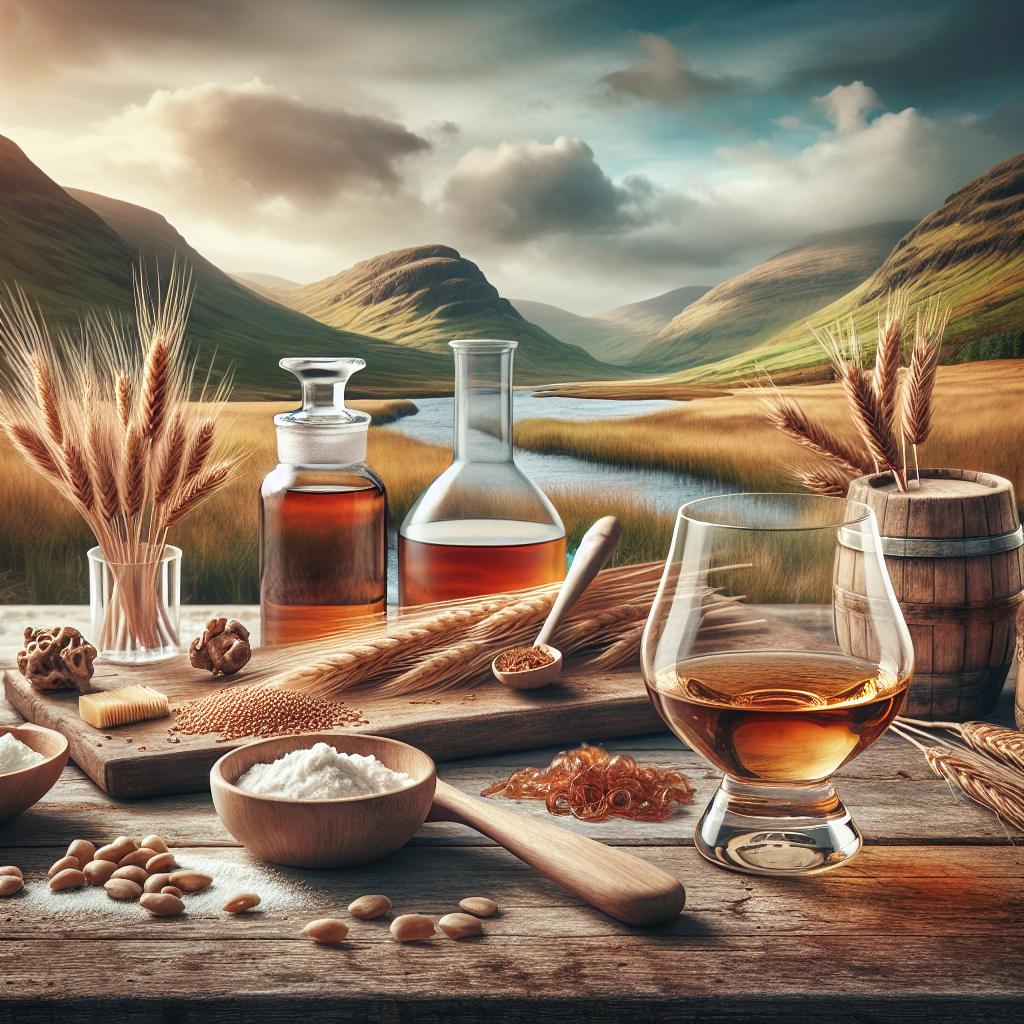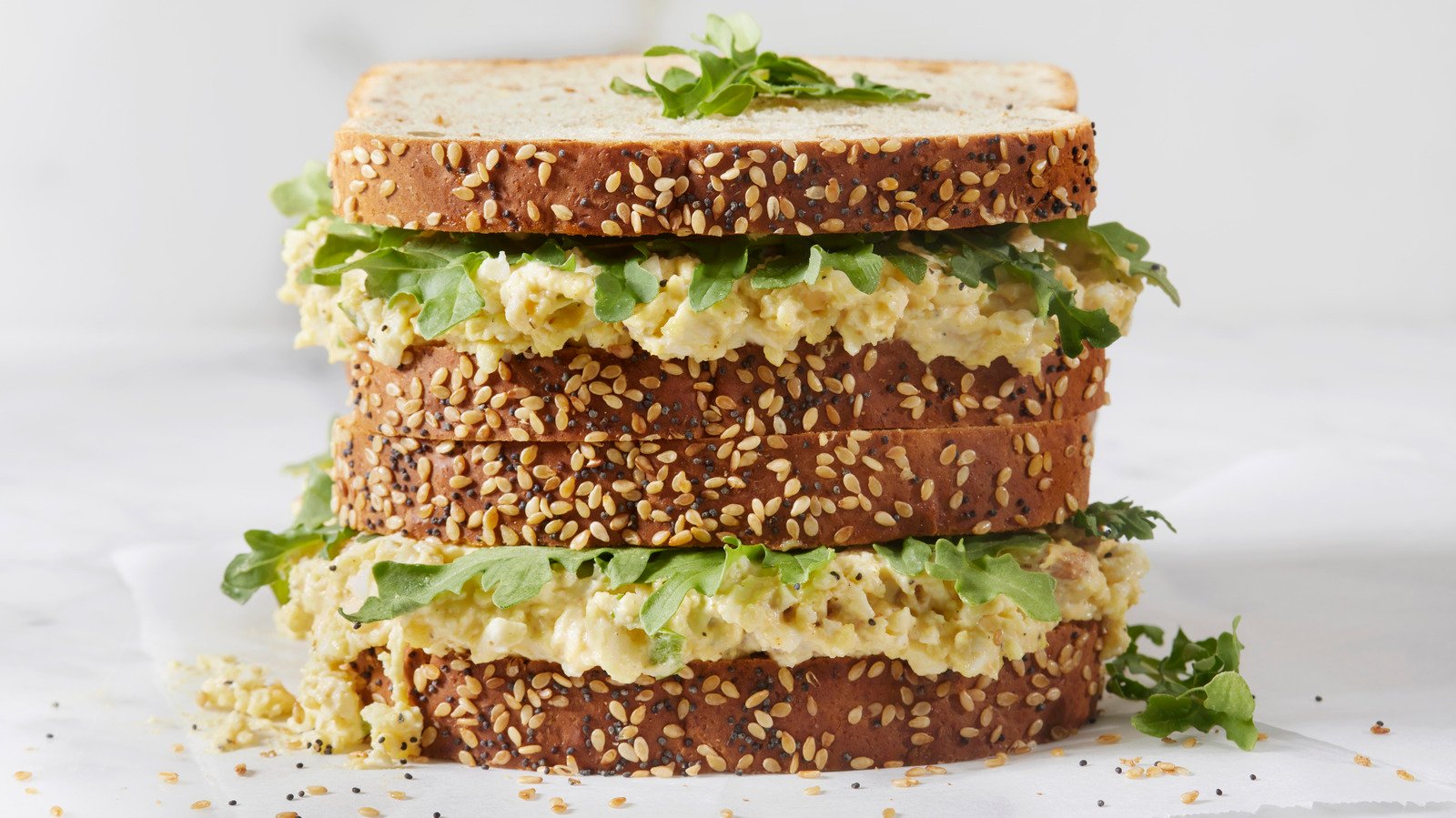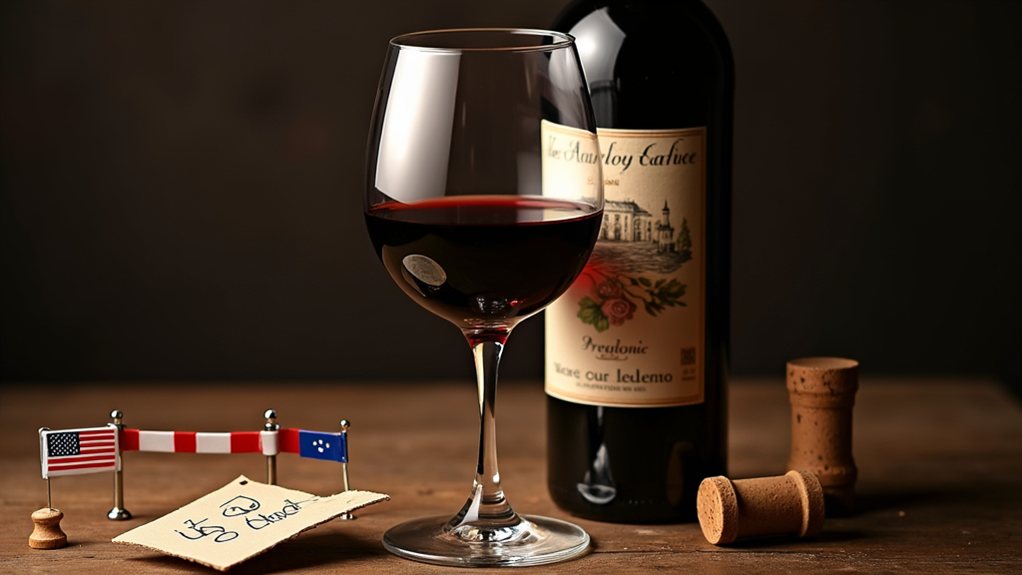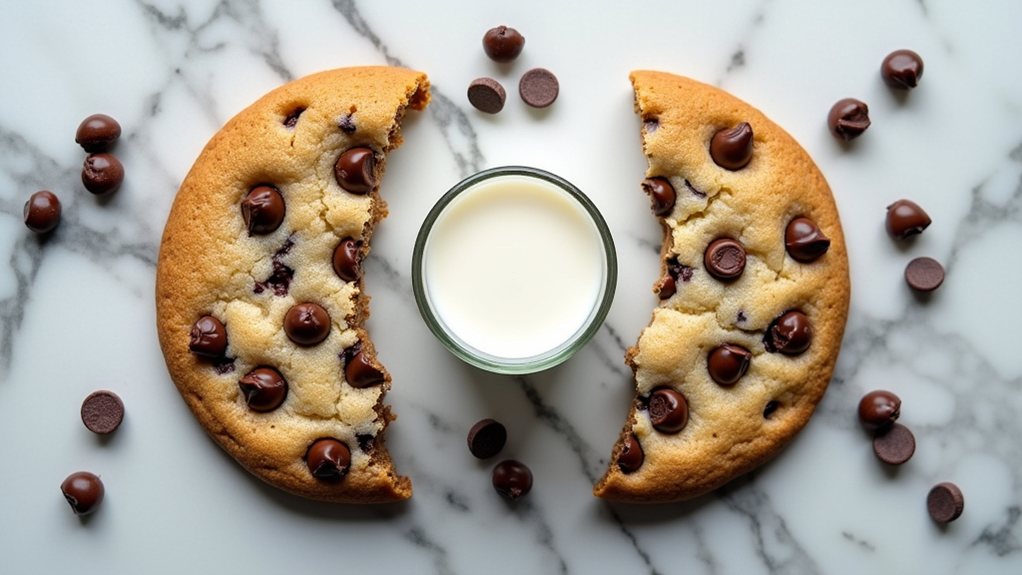Understanding Scotch Whisky: The Essence Behind Every Sip
Scotch whisky is more than just a drink; it’s a rich tapestry woven from tradition, geography, and craftsmanship. This beloved spirit serves as an ambassador for the regions of Scotland, each bottle telling a unique story that resonates with whisky enthusiasts across the globe. With a complexity that excites the palate and a depth that invites exploration, Scotch whisky is beloved for its myriad flavors and aromatic profiles. In this article, we’ll dive into the fundamental ingredients of Scotch, explore its various styles, and appreciate what makes each expression distinct.
The Core Ingredients: Water, Yeast, and Grain
At the heart of every bottle of Scotch whisky are three essential components: water, yeast, and grain. The magic begins in Scotland, where the mineral-rich water sources play a pivotal role. Distilleries often use water from local springs or rivers, infusing the whisky with characteristic regional flavors.
Grain is another fundamental ingredient, with malted barley being the star performer. Yet, it’s important to note that Scotch can also be crafted from wheat and rye. Regulations dictate that there can be no additives in this trio of ingredients, ensuring that the purity of flavor shines through in each sip. The fermentation process, powered by yeast, transforms the sugars from the grain into alcohol, setting the stage for the distillation process that defines Scotch whisky. Distilleries like Glenfiddich and Macallan emphasize their unique water sources and traditional methods, directly impacting the taste of their whiskies.
The Distillation Process: Crafting the Spirit
After fermentation, the mixture is distilled to concentrate the alcohol content. Most Scotch whisky is distilled twice, which brings out the flavors while maintaining smoothness. The method of distillation varies from distillery to distillery, influencing the final character of the whisky. For instance, pot stills are commonly used for single malt Scotch, while grain Scotch may use column stills for more economical production.
The distillation process is not just about increasing alcohol content; it’s about crafting flavor. Distilleries like Bruichladdich pride themselves on using traditional pot stills, allowing for a richer, more complex flavor profile. The careful selection of distillation methods can yield everything from lightly floral notes to robust, peaty finishes.
Single Malt Scotch: Pure Barley and Tradition
Single malt Scotch is renowned for its dedication to tradition and quality, made exclusively from malted barley at a single distillery. Such whiskies are deeply expressive, showcasing the essence of their location and production technique. Distilleries in regions like Islay, known for their peaty whiskies, create bold and smoky flavors, while Speyside distilleries like Glenlivet produce lighter, fruit-forward expressions.
The unique character of single malt Scotch is highlighted through the distilling process, barrel choice, and local ingredients. Aged in oak barrels that once housed sherry, bourbon, or other spirits, the whisky absorbs distinct flavors over time. This aging process can significantly alter the taste, with longer maturation typically enhancing complexity and depth.
Blended Scotch: A Symphony of Flavors
On the other hand, blended Scotch whisky incorporates both malt and grain whiskies, providing a harmonious balance of flavor and smoothness. These blends often make up a significant portion of the Scotch market and are known for their consistency. Brands like Johnnie Walker and Chivas Regal exemplify this style, each blend conveying a unique flavor profile.
Blended Scotch is created by mixing various malt and grain whiskies, allowing distillers to craft a balanced product that is approachable to a wide audience. The versatility of blended Scotch allows newer whisky drinkers to appreciate the spirit, while connoisseurs can relish the complexities in different blends.
A Journey of Flavors Awaiting Exploration
Whichever style of Scotch you prefer, each bottle offers a unique journey. From the bold, smoky expressions of Islay to the smooth, fruitier notes of the Highlands, the variety is immense. Trying different single malts and blends allows whisky enthusiasts to uncover the nuances of each region and distillery.
When you pour a glass of Scotch, you’re not just enjoying a drink; you’re savoring the craftsmanship, heritage, and passion that went into its creation. Each sip provides a glimpse into the heart of Scotland, where every grain, drop of water, and method of production unfolds its own story. So next time you reach for a bottle, take a moment to appreciate the rich tapestry of flavors crafted into your glass. It’s a beautiful world of whisky, waiting just for you to explore.









